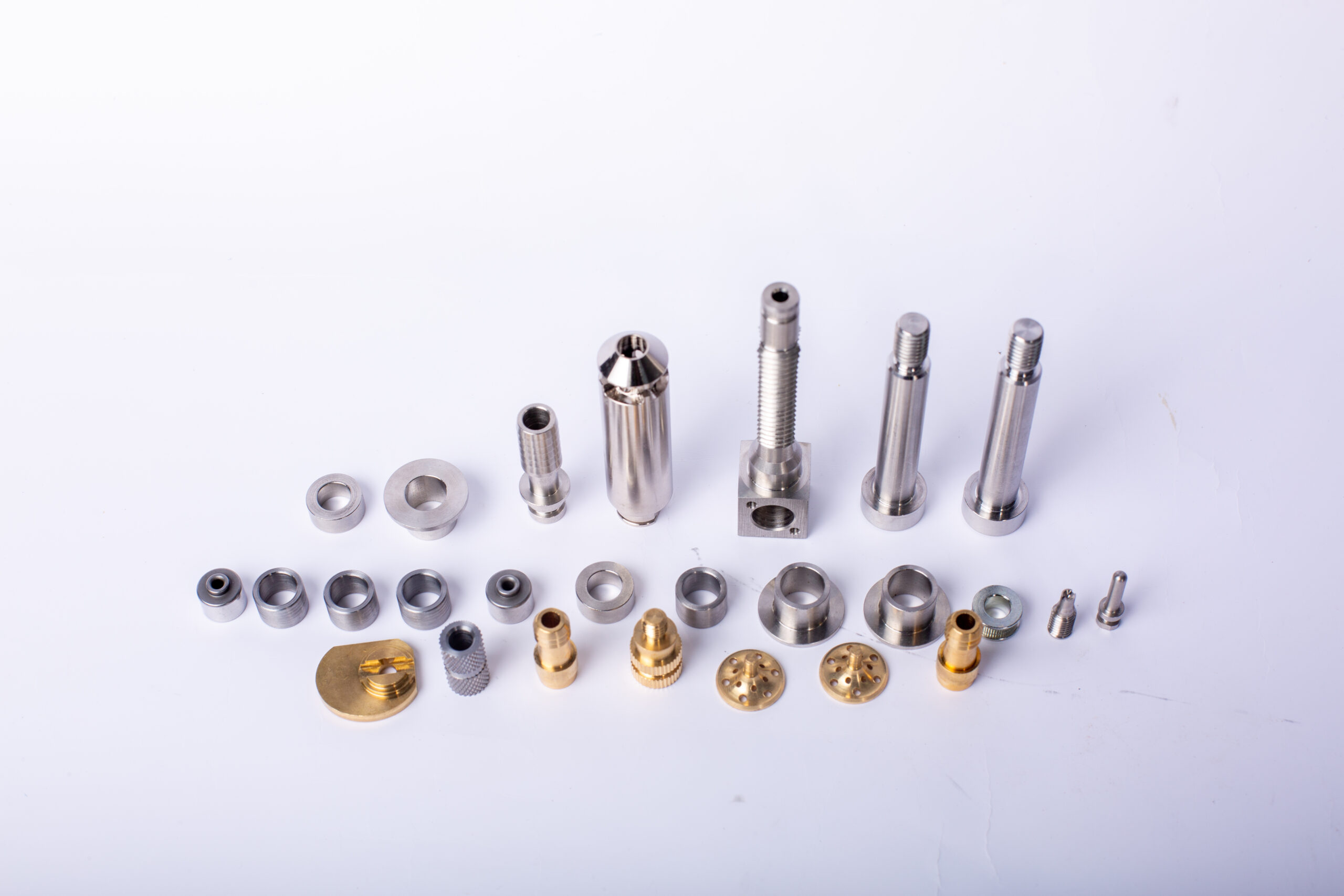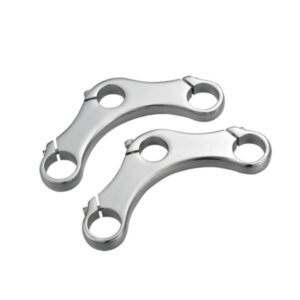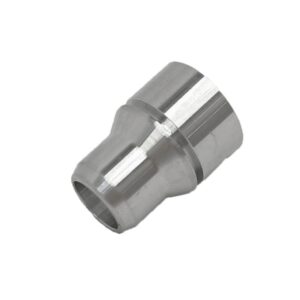Aluminum, renowned for its lightweight properties and corrosion resistance, has become a ubiquitous material across various industries. While it is commonly associated with casting and extrusion processes, the question often arises: Can aluminum be forged? In this comprehensive exploration, we delve into the possibilities and challenges of forging aluminum, examining the characteristics of aluminum, the forging process, its applications, and the advantages it may offer over alternative manufacturing methods.
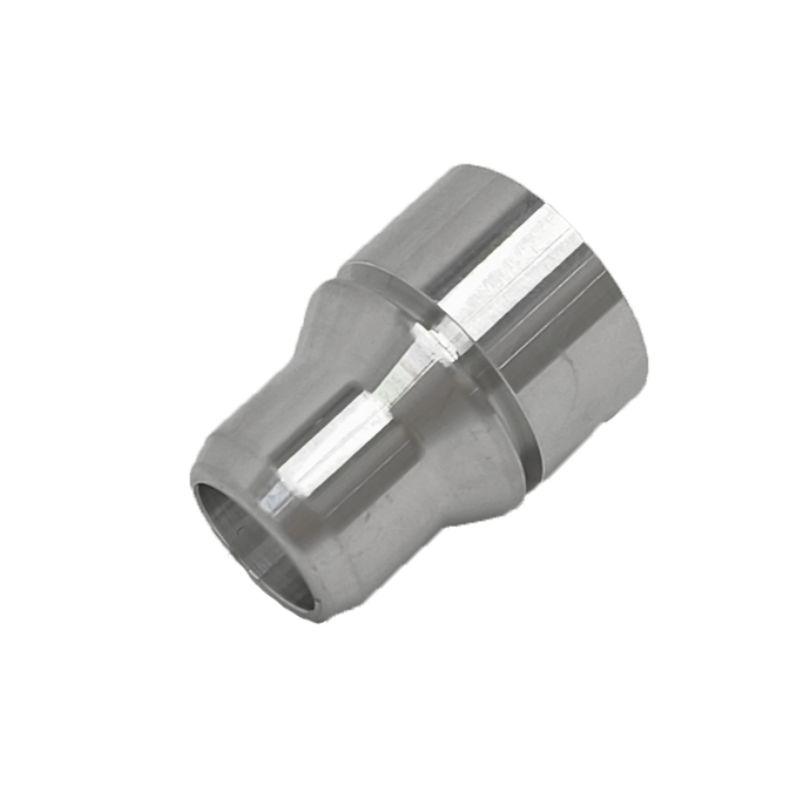
1. The Characteristics of Aluminum:
Aluminum, a versatile non-ferrous metal, possesses several characteristics that make it an appealing choice for a wide range of applications.
- Lightweight:
- One of aluminum’s most significant advantages is its low density, making it an ideal material for applications where weight reduction is critical.
- Corrosion Resistance:
- Aluminum naturally forms a protective oxide layer, providing excellent resistance to corrosion. This makes it suitable for outdoor applications and industries where exposure to harsh environments is common.
- Conductivity:
- Aluminum exhibits good thermal and electrical conductivity, making it valuable in applications ranging from electrical wiring to heat exchangers.
- Malleability:
- Aluminum is highly malleable, allowing it to be easily shaped and formed. This property is traditionally associated with casting and extrusion processes.
2. The Feasibility of Forging Aluminum:
Forging is a manufacturing process that involves the shaping of metal through the application of compressive forces. While aluminum is often associated with casting due to its low melting point, forging is indeed a viable method for shaping this metal.
- Hot Forging:
- Hot forging of aluminum involves heating the material to a temperature where it becomes malleable and then subjecting it to compressive forces. This process refines the grain structure, enhancing the mechanical properties of the forged aluminum.
- Cold Forging:
- Cold forging, while less common for aluminum, is also possible. This process involves shaping aluminum at or near room temperature, offering advantages such as improved dimensional accuracy and surface finish.
3. The Forging Process for Aluminum:
The forging process for aluminum involves several key steps, each contributing to the final properties of the forged material.
- Billet Heating:
- Aluminum billets are heated to the appropriate temperature to achieve optimal malleability for forging.
- Forging:
- The heated billet is subjected to compressive forces, typically in a forging press or hammer, shaping it into the desired form. This process enhances the mechanical properties by aligning the grain structure.
- Heat Treatment:
- Post-forging, heat treatment processes such as quenching and tempering may be employed to further refine the material’s properties.
- Finishing Operations:
- Forged aluminum components undergo machining, surface finishing, and quality inspection to meet specific design requirements.
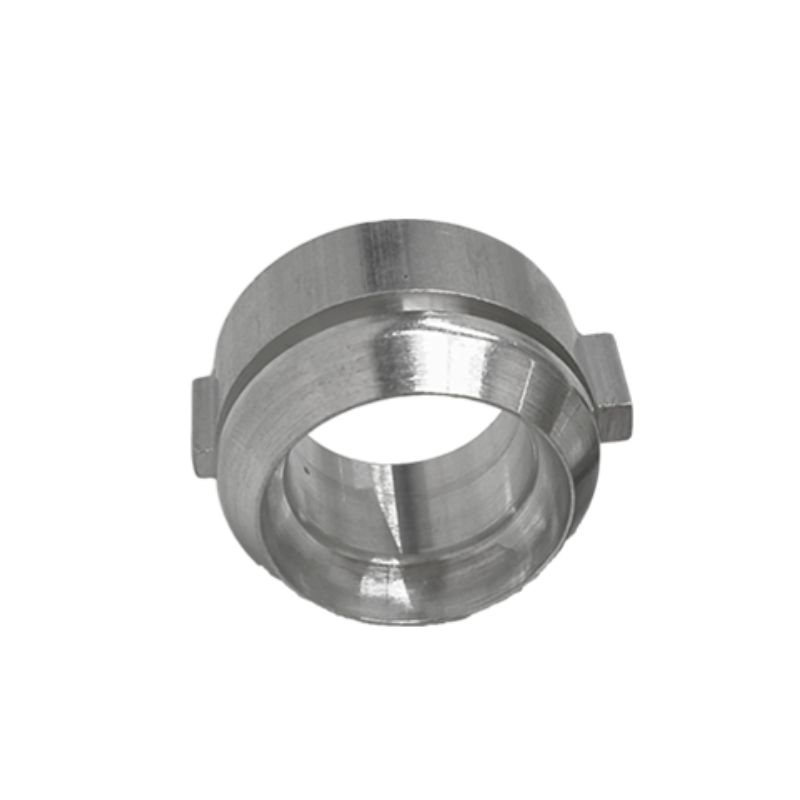
4. Applications of Forged Aluminum:
Forged aluminum components find diverse applications across various industries, capitalizing on the material’s unique properties and the advantages offered by the forging process.
- Aerospace Industry:
- Forged aluminum is widely used in the aerospace industry for critical components, including aircraft structural parts, engine components, and landing gear.
- Automotive Sector:
- The automotive industry utilizes forged aluminum for applications such as suspension components, steering knuckles, and lightweight structural elements, contributing to improved performance and fuel efficiency.
- Sporting Goods:
- Forged aluminum is employed in the manufacturing of sporting goods, including bicycle frames, golf club heads, and components for various athletic equipment, leveraging its strength-to-weight ratio.
5. Advantages of Forging Aluminum:
Forging aluminum offers distinct advantages over alternative manufacturing methods, contributing to its widespread use in various applications.
- Enhanced Strength:
- The forging process aligns the grain structure of aluminum, resulting in improved mechanical properties such as tensile strength and impact resistance.
- Improved Fatigue Resistance:
- Forged aluminum exhibits superior fatigue resistance compared to cast or extruded aluminum, making it suitable for applications subjected to cyclic loading.
- Customization and Complexity:
- Forged aluminum components can be tailored to meet specific design requirements, allowing for intricate shapes, thin walls, and complex geometries.
- Reduced Porosity:
- The forging process minimizes porosity in the aluminum structure, enhancing the material’s integrity and reducing the likelihood of defects.
6. Challenges and Considerations:
While forging aluminum offers numerous benefits, certain challenges and considerations should be taken into account.
- High Tooling Costs:
- The initial tooling costs for forging aluminum can be relatively high, impacting the economic feasibility of the process for certain applications.
- Limited Complexity:
- While aluminum can be forged into complex shapes, there may be limitations compared to other processes, such as casting, which allows for intricate designs with minimal tooling requirements.
7. Future Trends and Innovations:
The future of forging aluminum holds promising developments and innovations as technology continues to advance.
- Advanced Alloys:
- Ongoing research focuses on developing advanced aluminum alloys with tailored properties to further optimize the performance of forged components.
- Smart Forging Technologies:
- Innovations in forging technologies, including the integration of smart sensors and data analytics, aim to enhance process control, reduce waste, and improve overall efficiency.
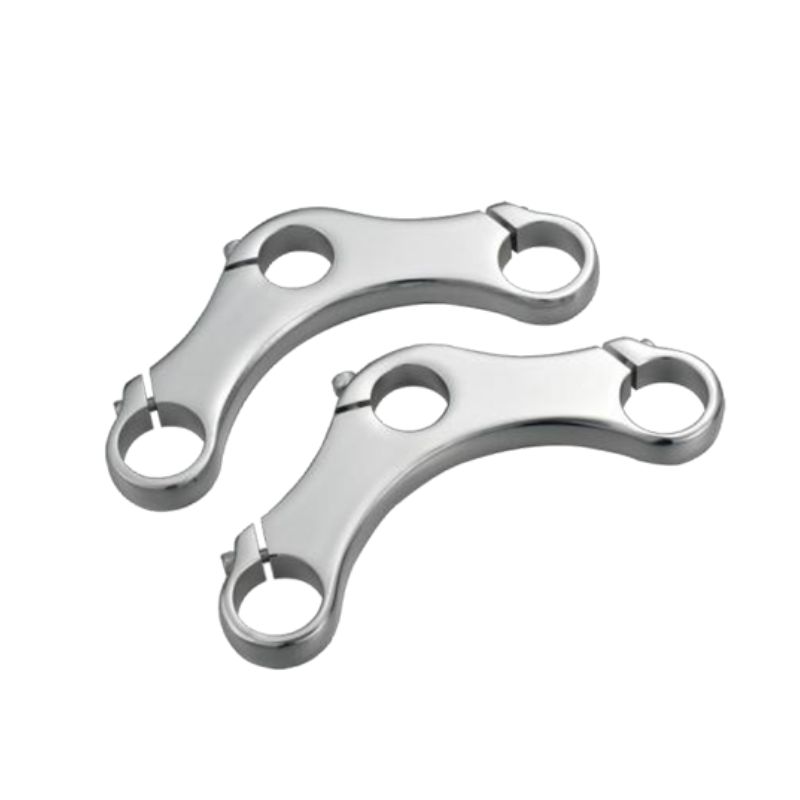
In conclusion, the feasibility of forging aluminum opens up new possibilities for industries seeking lightweight, strong, and corrosion-resistant materials. While forging aluminum has challenges, its advantages in terms of enhanced strength, improved fatigue resistance, and customization make it a compelling choice for critical applications in aerospace, automotive, and sporting goods. As technology continues to evolve, forging processes and materials will likely see further advancements, expanding the potential applications and benefits of aluminum forging in the manufacturing landscape.

